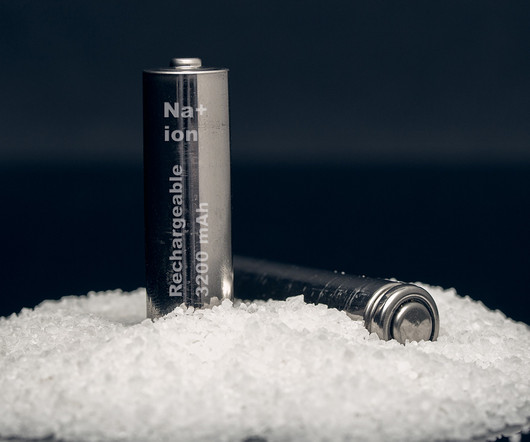EVs with sodium-ion batteries are rolling off production lines in China – Charged EVs
Baua Electric
JANUARY 5, 2024
Sodium-ion batteries have long been touted as a possible successor to the lithium-ion kind—they may have lower energy density, but they rely on more abundant sodium rather than lithium, perform better in cold temperatures, and above all, tend to be cheaper. The model’s sodium battery version has a smaller battery pack (21.4
















Let's personalize your content